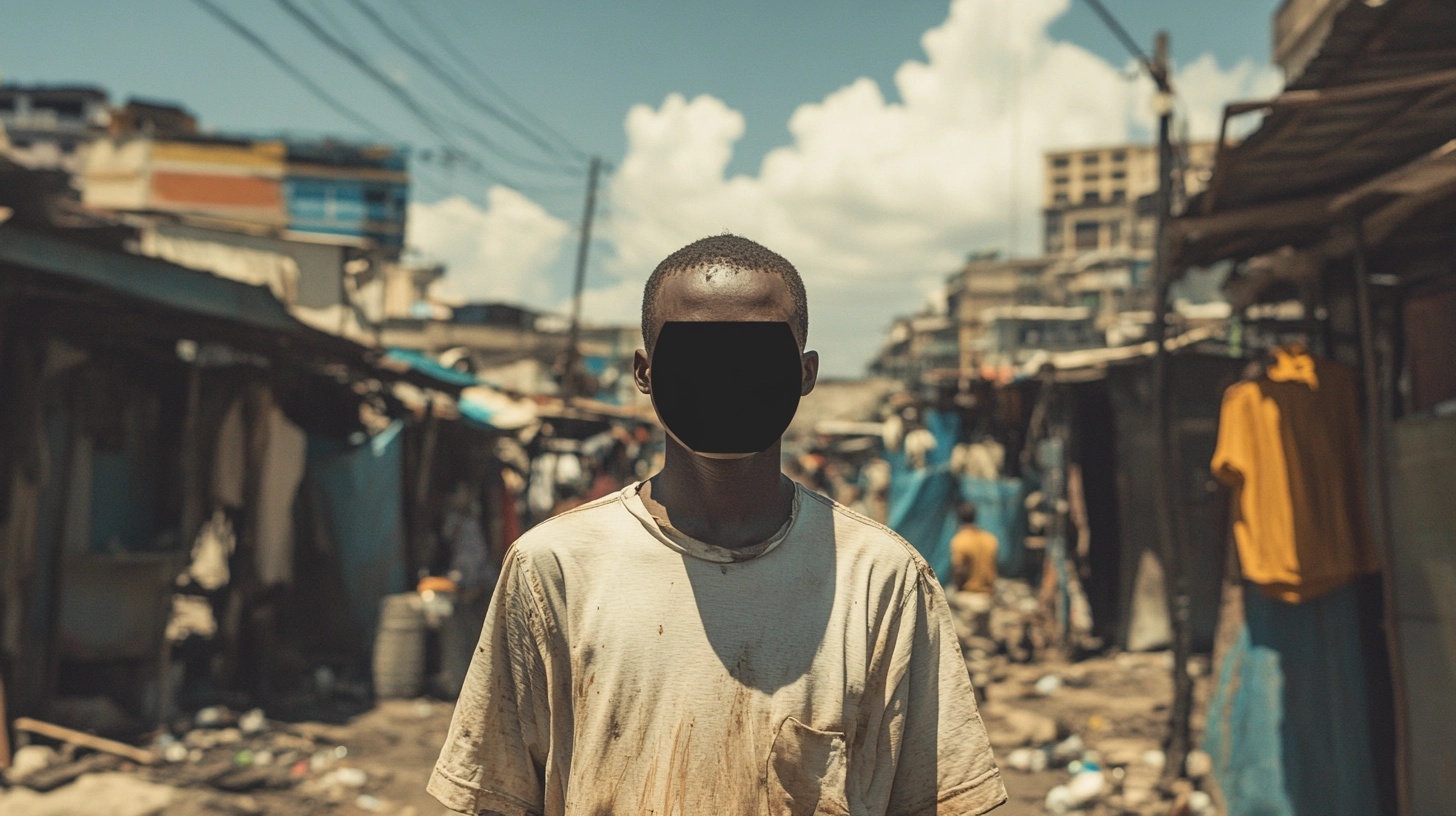Your name in clay
Kushim: supposedly the earliest recorded name of a person in writing (c. 3400-3000 BCE). Found on clay tablets in Sumer, Mesopotamia.
From the ancient civilizations of Mesopotamia, Egypt, and Rome to the medieval kingdoms of Europe and the dynasties of China and Japan, identity has always been a fundamental human concept. As societies evolved, so too did the methods of verifying identity.
Early forms of identification often relied on physical attributes, social status, or familial ties. However, as civilizations grew more complex and interactions between individuals became more frequent, the need for standardized forms of identification arose.
The 19th and 20th centuries saw a significant acceleration in the development of identity documents. Passports, driver’s licenses, and national ID cards became commonplace, enabling individuals to travel, work, and conduct business across borders. These documents served as tangible proof of identity, facilitating commerce, migration, and governance.
The global identity divide
Despite these advancements, hundreds of millions of people worldwide still lack official identity documents. This lack of identity proof can have severe consequences, limiting access to essential services such as healthcare, education, and financial opportunities. On a micro level, this issue is as easy to consider as running through your A to Z:
- Starting in Afghanistan, according to a 2024 UNHCR report the absence of civil documentation is a prevalent issue and central to the lack of freedom of movement, limited access to services, and protection challenges faced by many of the Afghan population. This has been exacerbated not only because of war but also due to Mother Nature throwing out her wares of earthquakes and floods, which left many with damaged or lost key civil documents.
- In Zimbabwe, according to one 2021 study, there are an estimated 300,000 people at risk of statelessness. Citizens face significant challenges in accessing identity documents, including issues like lack of birth certificates, bureaucratic hurdles, corruption, geographical barriers, and discriminatory practices, which often prevent them from accessing basic rights like education, healthcare, and voting due to their stateless status. This particularly affects marginalized groups like descendants of migrant workers or victims of past political violence.
On a macro level, a 2023 World Bank report estimated that 850 million people globally do not have official identification:
- Over half of this population are children whose births have not been registered.
- Women living in low-income countries (LICs) were shown as 8% less likely to have an ID than men.
- The gap in ID ownership is significant for other vulnerable groups: Adults in LICs are less likely to have an ID when they are below 25 years old, have only primary schooling or less, are out of the workforce, are in the bottom 40% of the income distribution, and live in rural areas.
The human cost of identity crisis
The absence of identity can have far-reaching consequences for individuals and societies. Without official identification, people may be unable to open bank accounts, obtain loans, or secure employment. This can perpetuate cycles of poverty and inequality.
Additionally, those without identity documents are often vulnerable to exploitation, trafficking, and other forms of abuse.
Technological solutions for a more inclusive future
In recent years, technological advancements have opened up new possibilities for addressing the global identity crisis. Biometric technologies—particularly facial biometrics—can be used to verify identity quickly and accurately.
Also, digital ID platforms, powered by blockchain and other emerging technologies, offer the potential to provide secure and verifiable digital identities to everyone, regardless of their socioeconomic status or geographic location.
One standout example is India’s Aadhaar program. This is the country’s national digital identity initiative, managed by the Unique Identification Authority of India (UIDAI). It provides a unique 12-digit identification number linked to an individual’s biometric and demographic data, enabling efficient delivery of government subsidies, services, and welfare programs.
While not perfect and still open to some fraud abuse and other criticism, Aadhaar has led to progress on the ground.
It’s not just about the stuffing
As we in the US gather with family and friends to celebrate Thanksgiving, it is important to reflect on the privileges we enjoy, including the right to a secure identity. While many of us take our identity documents for granted, it is crucial to remember the millions of faces “without a name.”
Coupled with this are the institutional systems in which we live, that give primacy to the right to privacy and the expectations for data security. We are also fortunate for the tech that swirls around us, like the Saharan wind, to protect these ideals.
So at some stage between dipping our sleeves in gravy as we reach for more stuffing, Uncle Ed complaining about the long lines exiting the Whole Foods parking lot, and kickoff of Giants vs. Cowboys at 4:30pm EST (Cowboys with -204 odds at time of writing), spare a thought for those who don’t even have a clay tablet to present themselves.
About the post:
Images and videos are generative AI-created. Prompt: A person in a developing country setting, perhaps a slum, sunny day, the person is completely faceless, just a blank area where the face would be, the rest of the image is highly photorealistic. Tools: Midjourney, Luma.
About the author:
Terry Brenner is the Head of Legal, Risk, and Compliance for IDVerse Americas. He oversees the company’s foray into this market, heeding to the sensitivities around data protection, inclusivity, biometrics, and privacy. With over two decades of legal experience, Brenner has served in a variety of roles across a diverse range of sectors.


